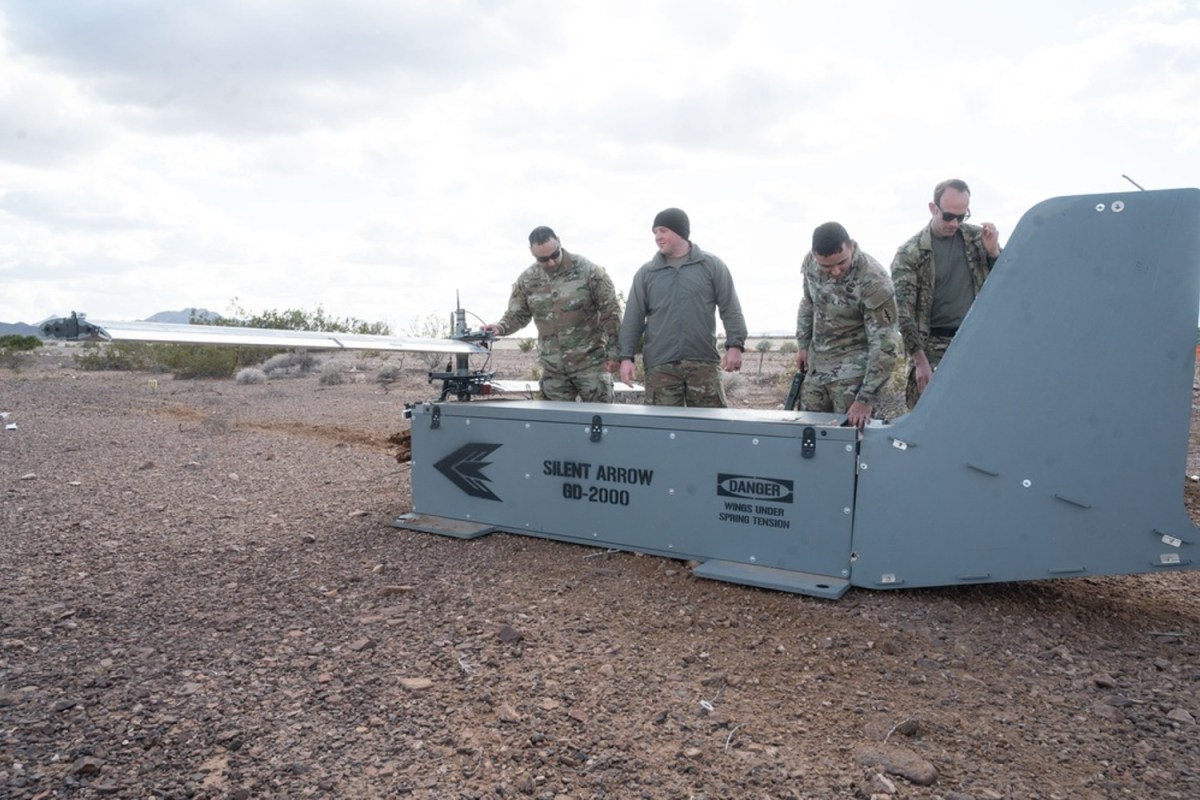Much of the conversation surrounding delivery drones has focused on getting products to consumers. Amazon has made some advances in this space, as has Walmart. But retailers aren’t the only entities exploring the full spectrum of this kind of technology. Earlier this year, the U.S. military successfully tested a new kind of drone — one which could have a significant impact on the way supplies are delivered in combat zones.
At Arizona’s Yuma Proving Ground, the 1st Special Forces Group (Airborne) pulled off a successful test of the GD-2000. The GD stands for “glider disposable” — both of which are key elements in this drone’s design. It’s also capable of carrying almost a ton of supplies. (Though the 2000 in the drone’s name alludes to weight, its inventor described it as having a capacity of 1,500 pounds.)
In an announcement of the test, a Special Forces detachment commander explained the significance of the GD-2000. “What this glider does is give us a much greater [travel distance] and a much greater glide ratio into a target,” the commander said.
They added that the glider “gives us the ability to drop this from a plane outside of controlled airspace into international air space and fly resupply in from an unmanned autonomous craft.”
After Successful Test, Drones May Be the Future of Organ Delivery
A drone recently flew a human kidney 10 miles across the Las Vegas desertAs a Task & Purpose article points out, the goal for these glider drones is that they’ll be more precise than dropping supplies via parachute. Initial tests point to the drones landing within a 30-meter radius of its intended destination — an encouraging start to the testing process.
Thanks for reading InsideHook. Sign up for our daily newsletter and be in the know.


















